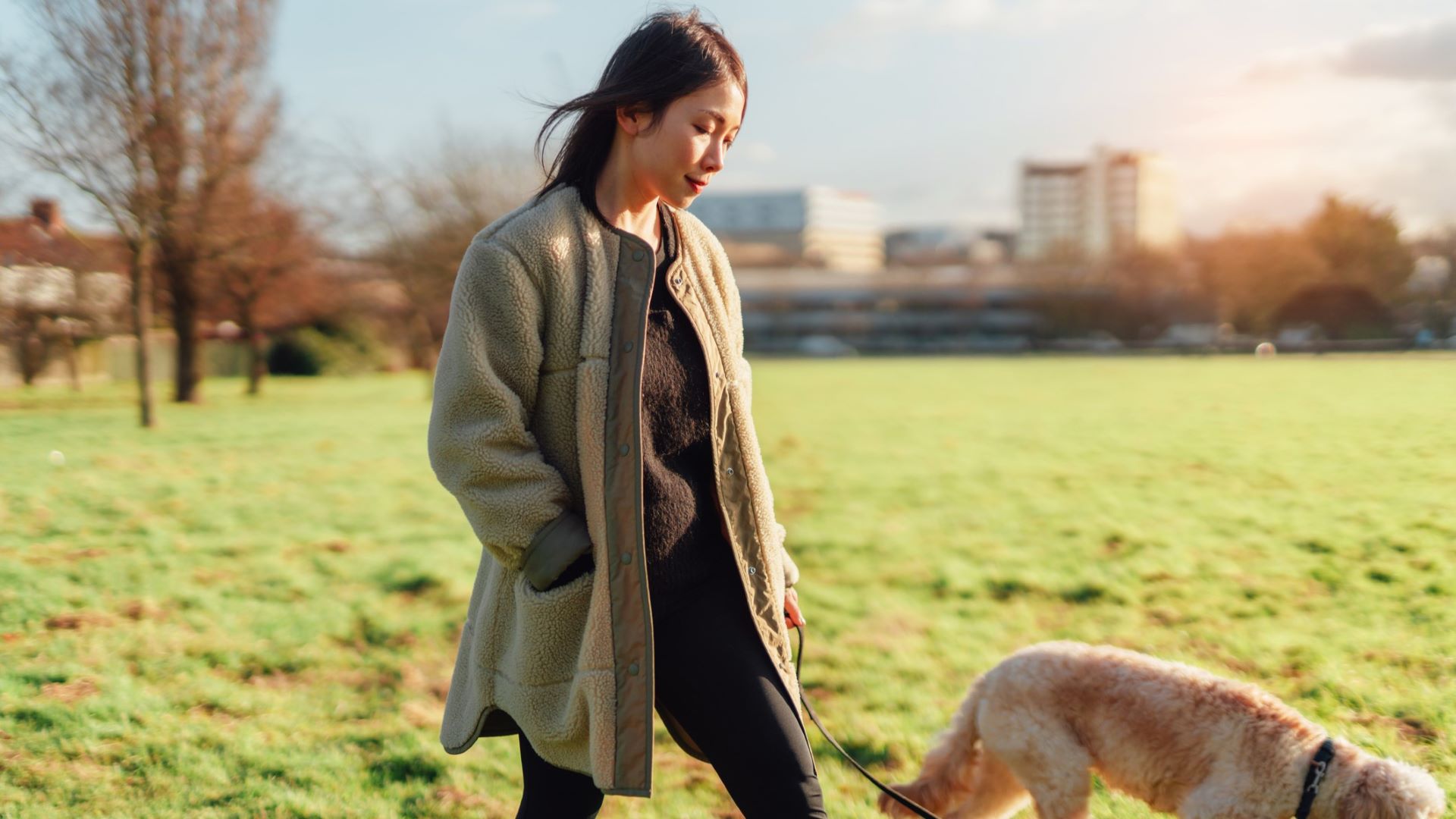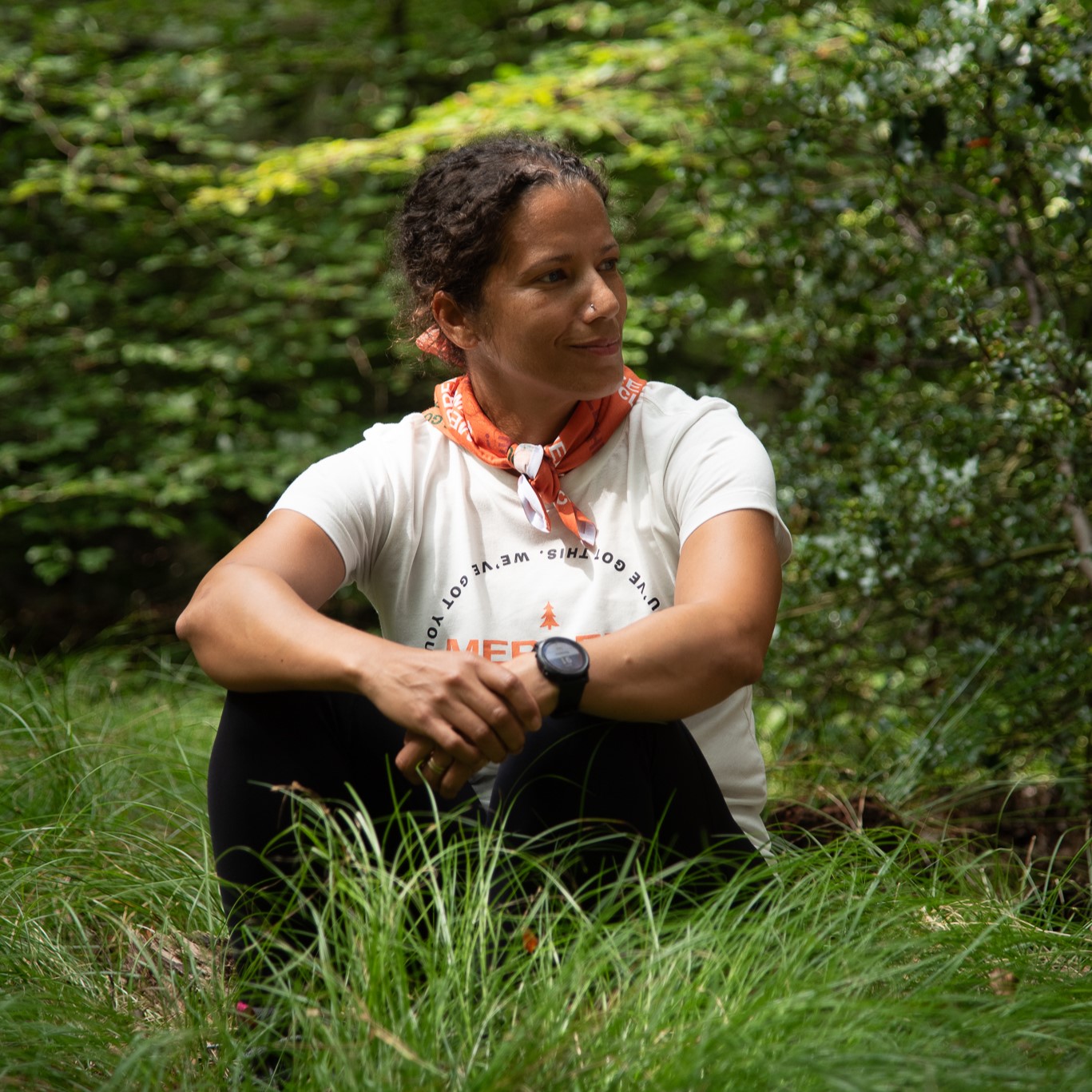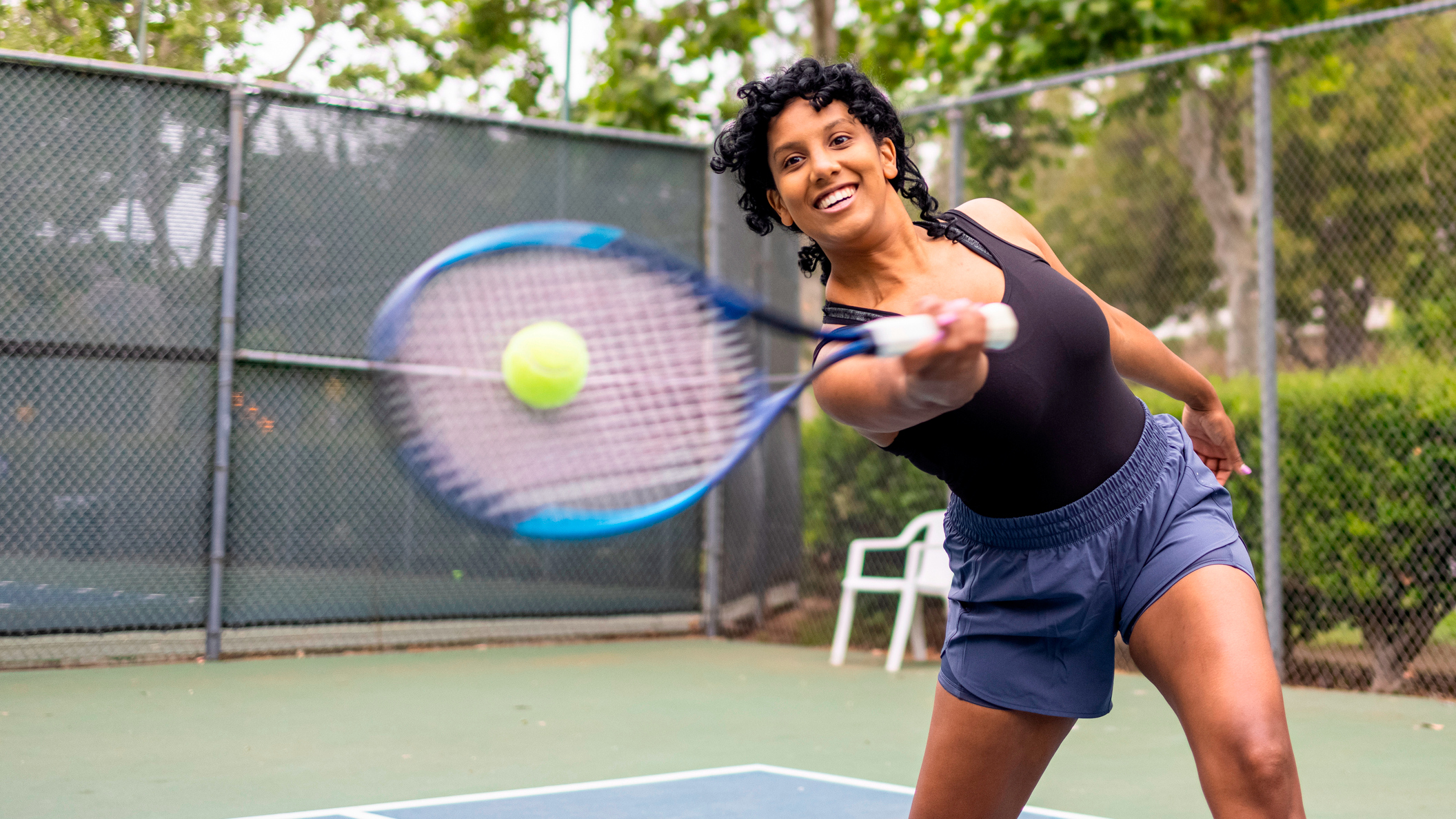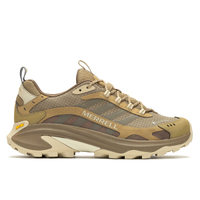A mountain leader recommends these three ways to incorporate mindfulness into an urban walk
Even if you can't leave the city, you can still connect to nature

I walk a lot—usually covering 5km a day to keep up with my testing for the best walking shoes. As a city dweller, my walks are often dominated by buildings, cars, concrete and Tarmac roads.
While I enjoy walking, the road noise and people all around me can make it harder to switch off and engage with my environment. I usually have an audiobook or music playing to distract me from the hustle and bustle, but this disconnects me from my surroundings and I'm keen to experience the benefits of mindful walking.
I spoke to Carla Khouri, a qualified mountain leader, outdoor instructor, and community leader at Merrell Hiking Club who lives in central London in the UK. When she can't make it to a mountain trail, she'll walk around the city instead. "Cities can be better in terms of accessibility and convenience. Most of us live in or very close to cities, so being able to hike in the country is not a possibility for everyone," says Khouri.
With this in mind, I asked Khouri for her tips for introducing mindfulness into urban walks. Here's what she had to say.

Carla is a qualified mountain leader, outdoor instructor and community leader at Merrell Hiking Club. She is one of only two black women in the UK to earn the title of certified mountain leader and she has her sights on becoming the first black female winter mountain leader.
1. Look up
"There are beautiful historical buildings all around us and we tend to overlook them. Even in our high streets, if you look above all the branding there are normally historical features and remnants of the original buildings.
"I also think it's important to look at things that are growing, such as plants out of brickwork. Pay attention to other bits of green space like gardens, balconies and living walls."
While not every city may have the historical features Khouri mentioned, or not on the same scale as a city like London, you can always find something interesting above your eyeline.
Get the Fit&Well Newsletter
Start your week with achievable workout ideas, health tips and wellbeing advice in your inbox.
2. Observe the details
I always look for insects and wildlife on my walks. Watching bees in gardens and pill bugs walking along walls can be the small moment of delight my day needs.
"It's important to engage your senses and be more observant of things that perhaps you would normally walk past. Pay more attention to colors, textures and sounds that are around you. Often when we go from A to B, we miss so much of the beauty that our cities have to offer."
3. Find nature where you can
"Plan your route deliberately to go through an urban park," says Khouri. "Patches of woodlands and cemeteries are a bit of an oasis in a city, and full of wildlife, plants and flowers. There are many different kinds of green."
"It's easy to become disconnected from nature, but when I go out I deliberately aim to connect with it. I think as humans, we know we are part of nature, but we tend to forget that. Being out in it helps to reduce stress and helps me with my mental wellbeing."
Merrell Women's, Moab Speed 2 Hiking Shoe: was $140 , now $124.95 on Amazon
I tested these shoes for Fit&Well's guide to the best walking shoe and named them the best for trail walks. They're great for the city too, with grippy soles and a supportive upper to keep you comfortable all day.
The "peach" version currently has an 11% discount on Amazon.

Lou Mudge is a Health Writer at Future Plc, working across Fit&Well and Coach. She previously worked for Live Science, and regularly writes for Space.com and Pet's Radar. Based in Bath, UK, she has a passion for food, nutrition and health and is eager to demystify diet culture in order to make health and fitness accessible to everybody.
Multiple diagnoses in her early twenties sparked an interest in the gut-brain axis and the impact that diet and exercise can have on both physical and mental health. She was put on the FODMAP elimination diet during this time and learned to adapt recipes to fit these parameters, while retaining core flavors and textures, and now enjoys cooking for gut health.
-
 I do these two things every day to stay fit and healthy, says the newest star trainer on Chris Hemsworth's fitness app
I do these two things every day to stay fit and healthy, says the newest star trainer on Chris Hemsworth's fitness appHere's how Centr's Korey Rowe trains for longevity
By Sam Rider Published
-
 I thought sports weren't for me, until I realised they're a game-changer for ticking off cardio
I thought sports weren't for me, until I realised they're a game-changer for ticking off cardioI swapped HIIT and running for tennis—and I've never felt better
By Alice Porter Published
